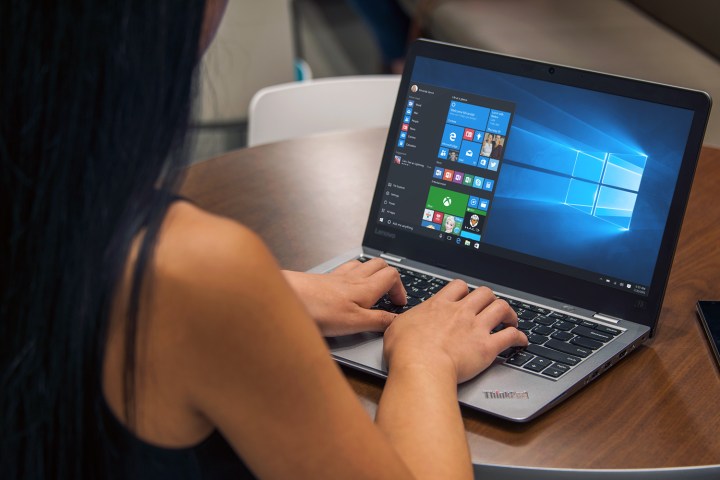
Most important, they will be even easier to install via the Windows Store, and Ubuntu is now available in the Windows Store app for Windows Insiders.

If you’re running Windows Insider preview build 16215 or later, including the just-released build 16237, you can now head over to the Windows Store and download Ubuntu for the WSL. This will allow you to access the Ubuntu Terminal and to kick off Ubuntu command line utilities such as bash, ssh, git, apt, and more — information that’s provided in the Windows Store listing.
You’ll need to first open up the Control Panel, then click on “Turn Windows features on or off” to access the Windows Features dialog box. Once there, select “Windows Subsystem for Linux,” then click “OK” and reboot your system when prompted. Once you’ve rebooted, then you can go to the Windows Store and install Ubuntu and start working.
Microsoft is implementing the Windows Store installation method for the Linux distributions for a few reasons. First, it provides for faster and more reliable downloads. Second, it allows users to install more than one distro side-by-side. And third, it allows multiple distros to be run simultaneously.
SUSE and Fedora will also be making their way to the Windows Store over the next couple of weeks. As a reminder, if you want to install Ubuntu from the Windows Store, then you’ll need to be running as a Windows Insider in the Fast Ring and be updated to at least build 16215. Once Windows 10 Fall Creators Update is released later in the year, then anyone will be able to gain faster and easier access to different distros via the WSL.
Editors' Recommendations
- Surface Pro 10: all the major changes rumored for the new model
- How to adjust screen resolution in Windows 11 and older
- Beware! The latest Windows 11 update might crash your PC
- Microsoft may fix the most frustrating thing about Windows updates
- A new Windows 11 hardware system requirement may be incoming


